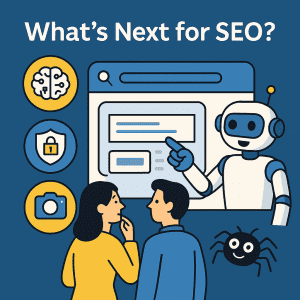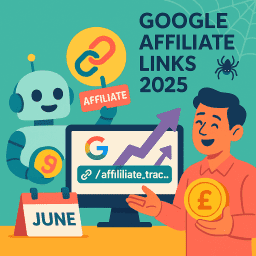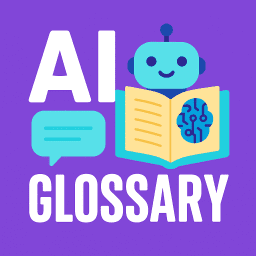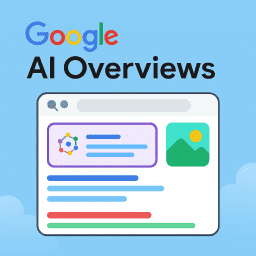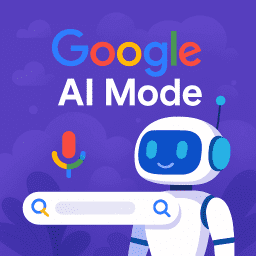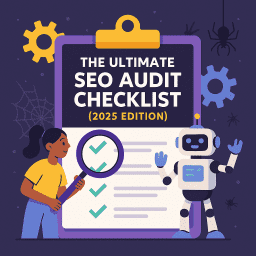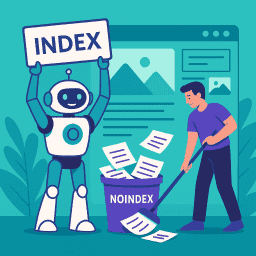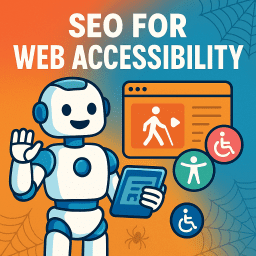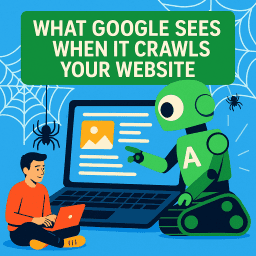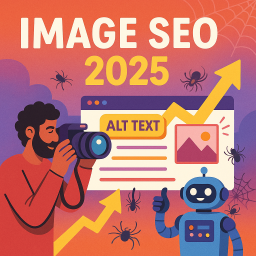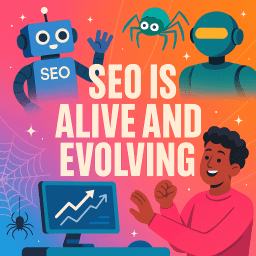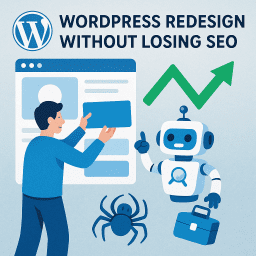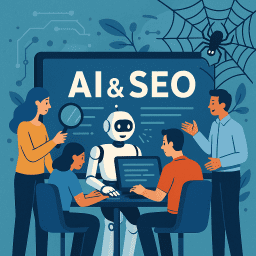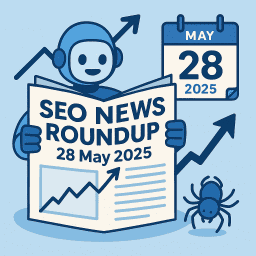The History of SEO: From Keyword Tricks to Google AI
How SEO Changed: From Tricks to Trust
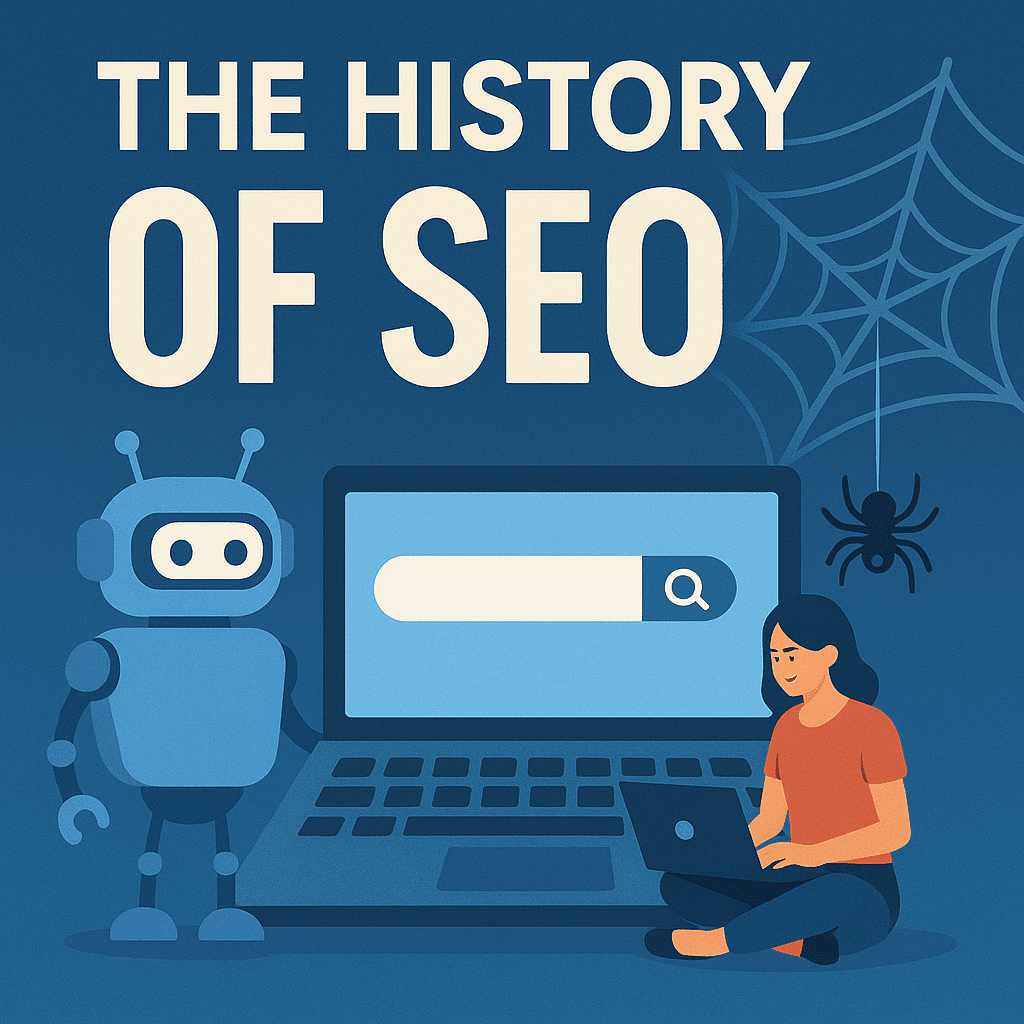
⚡ How SEO Grew Up: A Journey Through the Algorithms
Search Engine Optimisation has come a long way—from sneaky tricks and black-hat hacks to intelligent algorithms and user-first content. Buckle up: here’s the fascinating journey of how SEO evolved from its primitive beginnings to the sophisticated practice it is today.
📜 The Birth of Search Engines (Pre-1997)
Before we dive into SEO itself, let’s rewind to the creation of search engines. In the early 1990s, the internet was a wild frontier. Websites were sparse, directories like Yahoo! ruled the day, and there were no sophisticated search algorithms—just basic tools for finding stuff.
Then came WebCrawler in 1994, the first search engine to index entire pages rather than just titles. Others like Lycos, AltaVista, and Excite soon followed. Suddenly, the need to “be found” online was real—and so was the birth of what we now call SEO.
🕹️ The Early Days of SEO (1997–2003): The Wild West
SEO as a concept officially began around 1997. Back then, ranking on search engines was laughably easy by today’s standards. If you wanted to rank for “buy shoes”, all you had to do was write “buy shoes” over and over again.
This era was defined by:
- 🔁 Keyword stuffing: Repeating the same keywords dozens of times in your content and meta tags.
- 🔗 Meta tag manipulation: Cramming keywords into meta descriptions and titles.
- 💨 Hidden text: White text on a white background, full of keywords.
- 🔄 Doorway pages: Pages created solely to rank, which would redirect users elsewhere.
Search engines had basic rules, but enforcement was weak. SEO was more about gaming the system than delivering value to users.
🧠 Enter Google (1998–2003): Rewriting the Rulebook
Then came Google. Founded in 1998 by Larry Page and Sergey Brin, Google turned the search world on its head. Instead of ranking sites based on keyword frequency, Google introduced PageRank—a revolutionary algorithm that ranked sites based on backlinks and site authority.
This was a game-changer. Suddenly, it wasn’t enough to stuff keywords—you needed other websites to vouch for your content.
Google’s rise forced SEOs to think about:
- 🔗 Link building (though it quickly got spammy)
- 📄 Site architecture and crawlability
- 🖱️ Click-through rates and user experience
But shady tactics still worked. Link farms, reciprocal linking schemes, and exact match domains flooded the internet. SEO was still rough around the edges.
⚖️ The Algorithm Wars (2003–2011): Cracking Down on Spam
By the early 2000s, Google had taken the crown—but it had a mess to clean up. SEO was becoming more sophisticated, but so were the spam tactics.
📌 Google Florida Update (2003)
This was Google’s first major algorithm update, penalising keyword stuffing and over-optimised content. Thousands of websites saw their rankings vanish overnight.
📌 Big Daddy & Jagger (2005–2006)
These updates focused on link quality and website trustworthiness. It was the beginning of the shift toward white-hat SEO.
📌 Universal Search (2007)
Google started showing news, images, videos, and local results all in one place—SERPs became more dynamic.
📌 Caffeine Update (2010)
This was a complete infrastructure overhaul, allowing Google to crawl and index content faster than ever before. Speed started to matter.
Meanwhile, SEOs began embracing tools like Google Analytics, Google Webmaster Tools (now Search Console), and XML sitemaps.
🐼 The Age of Quality (2011–2015)
This period saw some of the most dramatic shakeups in SEO history. Google declared war on low-quality content and manipulative tactics. Two updates changed everything:
🐼 Panda (2011)
Panda targeted thin, duplicate, and low-quality content. Sites that were once flooded with SEO-optimised junk (like content farms) disappeared from search results. Content needed to be useful.
🐧 Penguin (2012)
Penguin cracked down on unnatural backlink profiles. Spammy links, paid links, and over-optimised anchor text became serious liabilities.
Google was no longer just crawling sites—it was judging them. The message was clear: SEO had to become more ethical, content-focused, and user-centric.
📱 Mobile, Local & Voice (2015–2018): A Shifting Landscape
📲 Mobilegeddon (2015)
Google started penalising websites that weren’t mobile-friendly. Responsive design and mobile performance became essential for ranking.
📍 Local SEO Boom
Google Maps, “near me” searches, and the rise of Google My Business shifted focus to local SEO—especially for service businesses.
🎙️ Rise of Voice Search
With Siri, Alexa, and Google Assistant, more people began using natural language queries. This led to the rise of long-tail keywords and featured snippets.
In this era, Google launched:
- ⚙️ RankBrain – An AI-based ranking factor
- 🔄 Hummingbird – Understanding the intent behind search queries
- 📦 Featured Snippets – Providing quick answers directly in search results
🤖 Machine Learning & BERT (2019–2022): Smarter Than Ever
🧠 BERT (2019)
The BERT update helped Google better understand the nuance and meaning of search queries. It was especially important for conversational and long-form content.
At this stage, the key to SEO success was:
- 🧾 Creating genuinely helpful, well-structured content
- 📌 Optimising for users, not algorithms
- 🌐 Improving page experience (UX, mobile usability, Core Web Vitals)
Search engine optimisation became less about “hacking” rankings and more about delivering value. Google rewarded websites that actually helped people.
🌍 The Helpful Content Era (2022–Present): People-First SEO
Google’s recent updates—including the Helpful Content Update and continued rollouts of Core Algorithm Updates—emphasise one core principle:
Content should be created for humans, not for search engines.
There’s less tolerance now for:
- ❌ Over-optimised copy
- ❌ Content written purely to chase trends
- ❌ Pages that say a lot but provide little
Meanwhile, AI tools (like ChatGPT!) entered the scene. While controversial, these tools offer SEOs new ways to brainstorm, outline, and scale content—but human input and editing are still vital for success.
🔮 What’s Next for SEO?
The future of SEO is exciting and unpredictable. But a few trends are worth watching:
- 🧠 AI-Driven Search: Tools like Google Search Generative Experience (SGE) are changing how users interact with search results.
- 📦 Zero-Click Searches: More answers are appearing directly in the SERPs—getting clicks may get harder.
- 📱 Visual and Multimodal Search: Google Lens and visual search tools are growing in popularity.
- 🌐 First-Party Data & Privacy: With the death of third-party cookies, ethical data collection is more important than ever.
But one thing hasn’t changed: SEO is still about helping people find what they need. The tools may evolve, but the mission stays the same.
📘 Final Thoughts: From Hack to Craft
What began as a game of keyword stuffing and shady shortcuts has matured into a strategic, ethical, and user-focused discipline. SEO today is a blend of art, science, psychology, and empathy.
And for those just starting? You’re entering the world of SEO at the best possible time—where honesty, helpfulness, and creativity can take you further than ever before.
🔗 Related Resources from The SEO Guide Book
- If you’re completely new to search engine optimisation, our SEO Basics guide is a great place to start.
- Fixing issues like missing title tags or slow site speed? Check out our On-Page SEO guide for a full breakdown.
- Technical issues can silently hold your site back — our Technical SEO page covers the essentials.
- Not ready to hire an expert? Our DIY SEO guide will walk you through the steps.
- Want to make sure you’ve covered the basics? Download our Free SEO Checklist and follow along.


